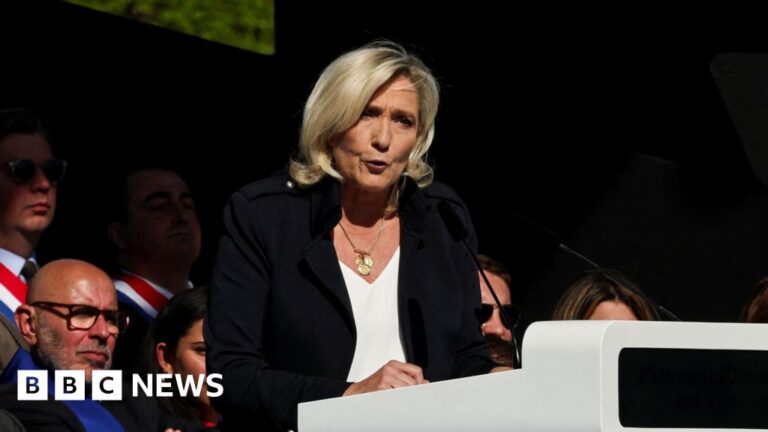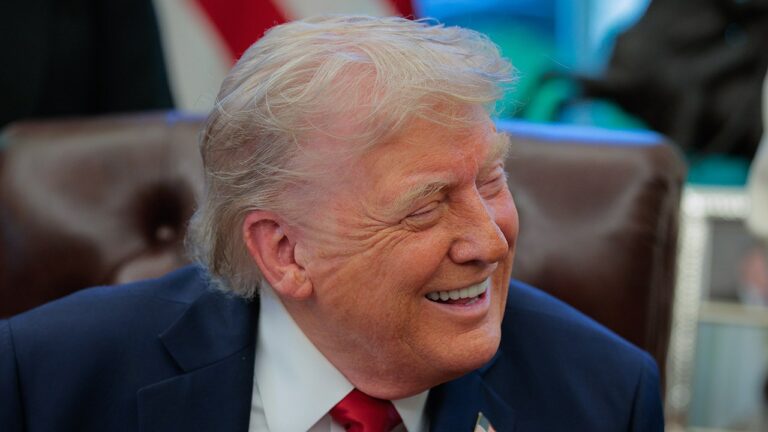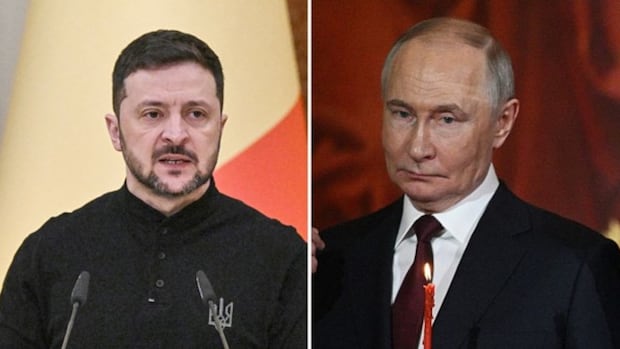Can a ceasefire end settler colonial genocide? | Gaza
The cease-fire agreement between Hamas and Israel is a welcome relief, first and foremost, to the Palestinians who have suffered the most brutal and horrific genocide in Gaza. For 15 months, they endured daily bombings, killings, threats, arrests, hunger, disease, and other hardships that other people could hardly imagine, let alone experience and survive.
The agreement will remain in force until at least Sunday, January 19, 2025, coincidentally the day before Donald Trump’s inauguration as US president. While some attribute the deal’s success to the Trump administration’s ability to pressure Israel, it’s important to emphasize that Trump is a master of political theater and no doubt wanted Israel to agree to a ceasefire before his inauguration so he could use it. to increase his political capital. In other words, Trump did not pressure Netanyahu to accept the deal because he genuinely wanted peace and order, or even because he was sincerely committed to all three phases of the deal. Rather, he likely acted out of personal political calculations to enhance his own profile and advance his administration’s agenda.
We don’t know what was said and agreed behind closed doors between the Trump team and Israeli officials, but we can be sure that the Trump administration is not interested in creating a fully sovereign Palestinian state along the 1967 borders, nor is it against Israel’s plans to annex large parts of the West Bank. . In fact, according to some reports, the Trump administration may have promised Netanyahu US support for the annexation of parts of the West Bank in exchange for his acceptance of the cease-fire agreement, which Israel failed to do even in the previous phase 1. scenario, if it actually happens, Trump gets what he wants, which is a political victory, and Netanyahu gets what he wants, which is settler colonization. Palestine.
The main reason for pessimism about this deal is that it does not guarantee Phases 2 and 3, where Israeli forces will be completely withdrawn from the Strip, displaced Palestinians will be allowed to return to all areas of the Strip, and Gaza will be fully rebuilt. The strip will be performed.
It is important to emphasize that Gaza has been turned into ruins as a result of more than 15 months of genocide. Large parts of the strip are uninhabitable. People simply cannot return to devastated neighborhoods, buildings without running water, sewage systems, electricity and fuel; school, university, clinic or hospital to use, enterprise to operate, etc. there is no The economic system has collapsed and people are completely dependent on foreign aid for basic survival. Disease is widespread, and many silent killers circulate in Gaza’s atmosphere, soil and water, like toxins from Israeli bombs. Families were completely destroyed, others were torn apart by the indiscriminate Israeli attack, and many children were orphaned. A large number of people are powerless and unable to support their families. After all this destruction, it is unclear how a “normal” life will be possible for Palestinians.
Questions about the management of the Strip are also still murky at best, and certainly nothing in the deal addresses the underlying issue or leads to a lasting solution. The question of a long-term solution is very important. The agreement may, in the best-case scenario, end this particular act of genocide, but it certainly says nothing about the heart of the problem: Israel’s structural genocide against the Palestinians.
The Palestinian structural genocide, which Palestinians call the ongoing Nakba, refers not to one or two specific genocidal events, such as the Nakba of 1948 or this genocidal attack on Gaza, but to a set of settler-colonial genocidal structures that seek to eliminate Palestinian sovereignty, end the Palestinian right of return to their land , displacing Palestinians from more places, occupying their land and from the river claim exclusive Israeli-Jewish sovereignty to the sea. This structure of genocide operates through various methods of elimination and expulsion.
A genocidal operation, such as the physical massacres the world has witnessed and continues to witness in Gaza, the mass displacement and mass killings that render the land uninhabitable, is clearly one of these tools, but not the only one. There is also increased displacement and expulsion; prevention of economic development and creation of economic dependence; erasure of Palestinian history and culture; the fragmentation of the Palestinian population; denial of the rights, freedoms and dignity of those living under occupation, their pressure to leave; Political obstruction of Palestinian sovereignty, etc.
So the real question is: Even if the ceasefire goes through all three stages, can it end this structural genocide? The answer is clearly no, because none of these other instruments of Israeli structural genocide are covered by the cease-fire agreement.
This structural genocide must be continuously named, exposed and opposed. As long as Israel’s settler-colonial project is hidden or ignored in diplomatic and public discourse, the underlying problem will continue unabated and we will return to this moment of utter horror and unimaginable suffering. ceasefire agreement. Without serious and sustained pressure on the state of Israel, unless the state of Israel is economically and politically isolated by states and institutions around the world until Israeli settler colonialism is eliminated, we will find ourselves trapped in a perpetual genocidal structure, a pressure cooker. will eventually break free in a greater war of total annihilation. Now is not the time for the international community to celebrate or congratulate itself, but to take serious political and economic action against Israel to stop the ongoing genocide of the Palestinian people in all its various forms.
The views expressed in this article are those of the author and do not reflect the editorial position of Al Jazeera.








